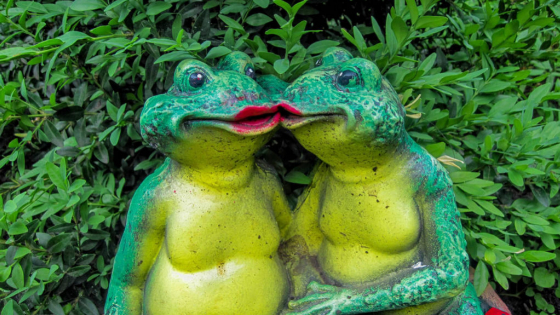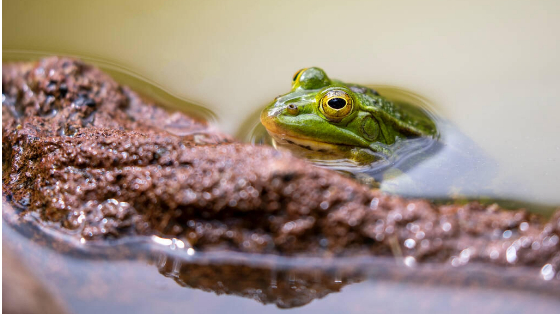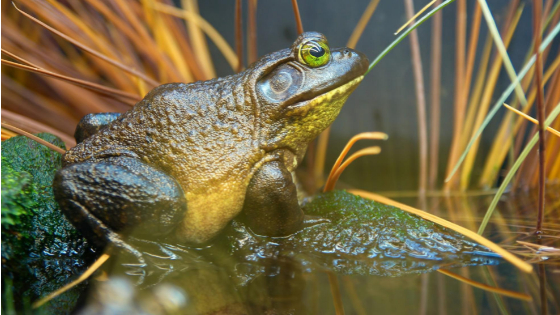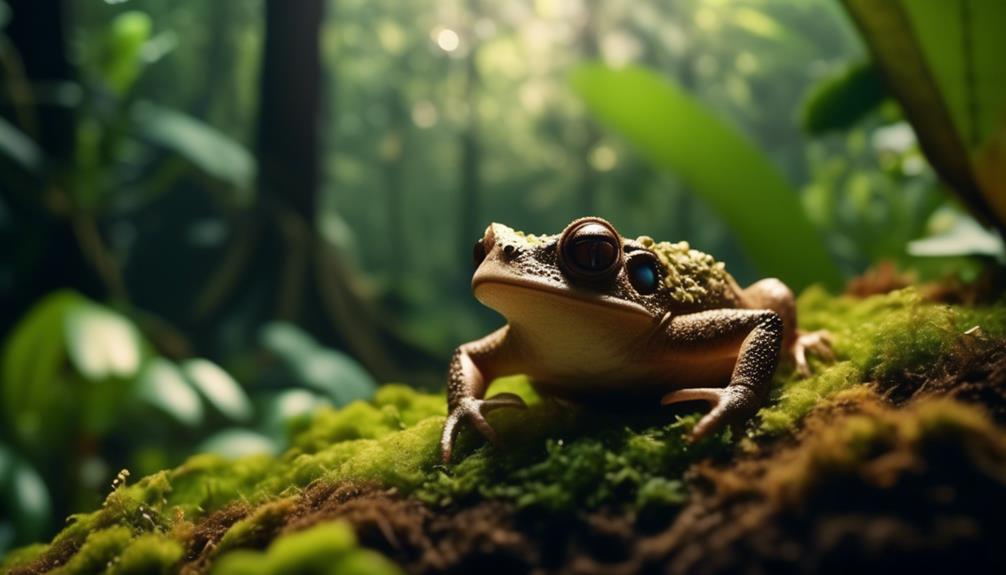
The delicate balance of Madagascar’s unique ecosystems is facing a new threat – an invasive toad. With its distinctive characteristics and adaptable nature, this toad has managed to establish a stronghold in a significant area of the country.
The potential impact on native animal life and the broader biodiversity crisis in Madagascar is a cause for concern. In this discussion, we will explore the characteristics, ecology, and distribution of this invasive toad, as well as the urgent need for stronger environmental measures to mitigate its ecological consequences.
Stay tuned to learn more about this invasive toad and its potential ramifications on Madagascar’s rich biodiversity.
Key Takeaways
- The invasive toad species, introduced to Madagascar in 2011, is now found in a 100km zone around Toamasina, posing a potential threat to the country’s biodiversity.
- Similar to cane toads in Australia, the toad’s toxins can severely affect native predators in Madagascar, which lack resistance to the toxins.
- The introduction of the toad species to Madagascar could lead to a significant impact on native animal life and potentially cause a biodiversity crisis.
- Some Malagasy animals may possess resistance to the toad’s toxin, which may provide some level of protection against its negative effects.
Characteristics of the Invasive Toad
The invasive toad threatening Madagascar’s biodiversity possesses distinct characteristics that allow for its identification and distinguish it from native species.
These characteristics include wart patterns on the toads, which are used for individual identification. Additionally, the toads have bony ridges on their heads, including the canthal, preorbital, supraorbital, postorbital, and orbitotympanic ridges.
The toads also have a short and blunt snout, with a broader space between their eyes. Another distinguishing feature is their distinct ear drum, which is at least as wide as two-thirds of the diameter of their eye.
Furthermore, the first finger of these toads is longer than the second, and their toes are at least half webbed. These unique characteristics aid in the identification of the invasive toad species and differentiate it from native toad species in Madagascar.
Ecology and Behavior of the Invasive Toad
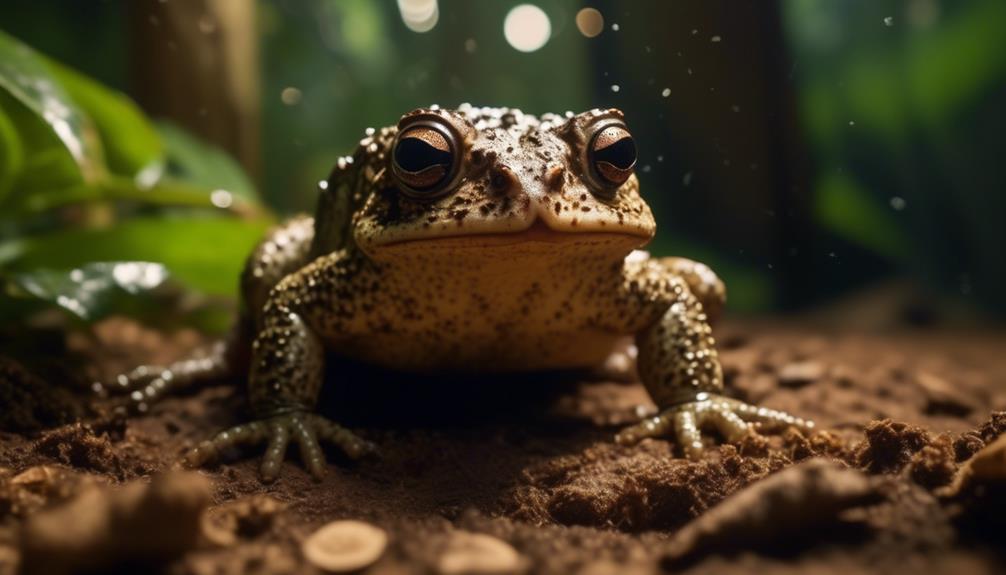
The invasive toad threatening Madagascar’s biodiversity exhibits specific ecological characteristics and behaviors that contribute to its successful establishment in different habitats.
- Breed in still and slow-flowing rivers, ponds, and pools
- Terrestrial adults found under rocks, leaf litter, and logs
- Associated with human habitations
- Feed on a wide range of invertebrates, including scorpions
These ecological traits enable the invasive toad to adapt and thrive in various environments. By breeding in different water sources, they can colonize new areas and expand their population. Their ability to inhabit terrestrial habitats and utilize human habitations increases their chances of survival and dispersal. Additionally, their diverse diet allows them to exploit available food resources, enhancing their ecological flexibility.
Understanding these behaviors and ecological preferences is crucial in developing effective strategies to mitigate the negative impacts of this invasive species on Madagascar’s unique biodiversity.
Distribution and Habitat of the Invasive Toad
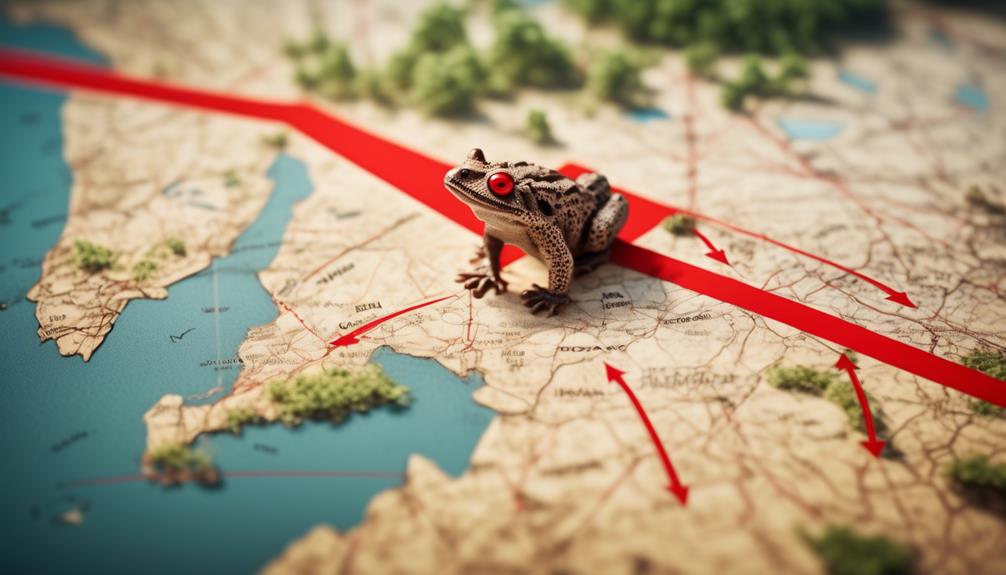
The invasive toad threatening Madagascar’s biodiversity has a widespread distribution and diverse range of habitats. Originally introduced to the country in 2011, the toad is now found in a 100km zone around Toamasina.
In its native range, the toad occurs widely in Asia, from Pakistan to Malaysia and Indonesian islands. It can be found from sea level up to 1,800m altitude, but it is uncommon in closed forests. Instead, it prefers disturbed lowland habitats, including beaches, riverbanks, and even urban areas.
The toad is known to inhabit both temporary and permanent ponds and pools. This wide distribution and its ability to adapt to different habitats make it a formidable threat to Madagascar’s unique biodiversity.
Introductions of the Invasive Toad to Madagascar

Having established its presence in a 100km zone around Toamasina, the invasive toad has made significant introductions into Madagascar, posing a serious threat to the country’s unique biodiversity.
The toad was introduced to Madagascar in 2011 and has since spread to a wide area. The potential impacts of this introduction are similar to the devastating effects of the cane toads in Australia.
Native predators in Madagascar lack resistance to the toad’s toxins, which could lead to a significant impact on native animal life. However, there is a possibility that some Malagasy animals may possess resistance to the toad’s bufotenin toxin, which could potentially mitigate the threat.
To prevent further introductions and protect the country’s biodiversity, stronger environmental quarantine and surveillance strategies are needed.
The Impact of the Invasive Toad on Biodiversity
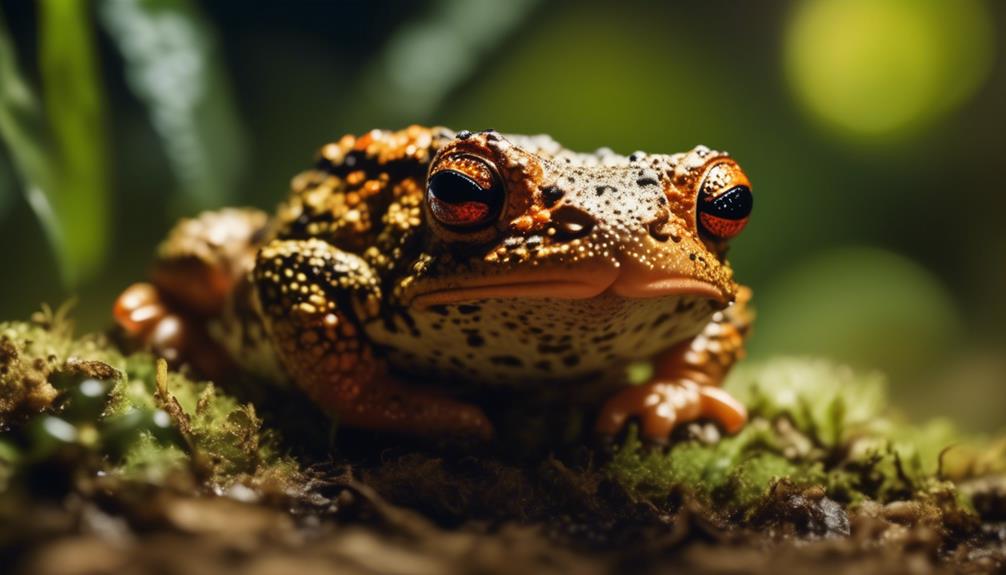
The invasion of the toad in Madagascar poses a significant threat to the country’s biodiversity. The introduction of this invasive species in 2011 has the potential to cause a biodiversity crisis, similar to the impacts of cane toads in Australia.
Native predators in Madagascar lack resistance to the toxins secreted by the toad’s glands, which can severely affect their health. This could lead to a decline in the populations of native predators, disrupting the natural balance of the ecosystem.
Furthermore, the toad’s presence may result in competition with native species for resources, further exacerbating the ecological problems.
It is crucial for stronger environmental quarantine and surveillance strategies to be implemented to mitigate the impact of the invasive toad on Madagascar’s biodiversity.
Frequently Asked Questions
How Do Toads Use Their Wart Patterns for Individual Identification?
Toads use their wart patterns for individual identification. This characteristic allows researchers and experts to distinguish between different individuals. It is one of the key features used in studying and monitoring toad populations.
What Are the Specific Bony Ridges on the Head of the Invasive Toad and What Is Their Purpose?
The specific bony ridges on the head of the invasive toad are the canthal, preorbital, supraorbital, postorbital, and orbitotympanic ridges. These ridges serve various purposes, including providing structural support and protection for the toad’s skull and sensory organs.
How Do Toads Recognize Kin and Why Is This Important for Tadpole Growth?
Toads recognize kin through sibling groups, which leads to faster tadpole growth. This is important as it allows for increased survival and competition against other organisms, ensuring the continuation of their species.
What Are the Specific Habitats Where the Invasive Toad Is Found in Asia?
The invasive toad is found in a wide range of habitats in Asia, including disturbed lowland areas, riverbanks, urban areas, beaches, and temporary and permanent ponds and pools. It is uncommon in closed forests.
What Are the Potential Impacts of the Invasive Toad in Australia and Why Are Native Predators Vulnerable to Their Toxins?
The potential impacts of the invasive toad in Australia include serious ecological problems and competition with native species. Native predators are vulnerable to the toad’s toxins, which can severely affect them. Stronger environmental quarantine and surveillance strategies are needed.
What are the potential impacts of invasive toads on Madagascar’s biodiversity?
The invasive cane toads threat in Madagascar could have devastating impacts on the country’s biodiversity. These toads have the potential to outcompete native species for resources, disrupt local ecosystems, and even pose a threat to predators who are not adapted to their toxic skin secretions.
Conclusion
In conclusion, the invasive toad in Madagascar poses a significant threat to the country’s biodiversity.
With its unique characteristics, adaptable ecology, and wide distribution, this toad has the potential to negatively impact native animal populations.
Urgent attention and stronger environmental quarantine and surveillance strategies are necessary to mitigate the ecological consequences of this invasive species.

